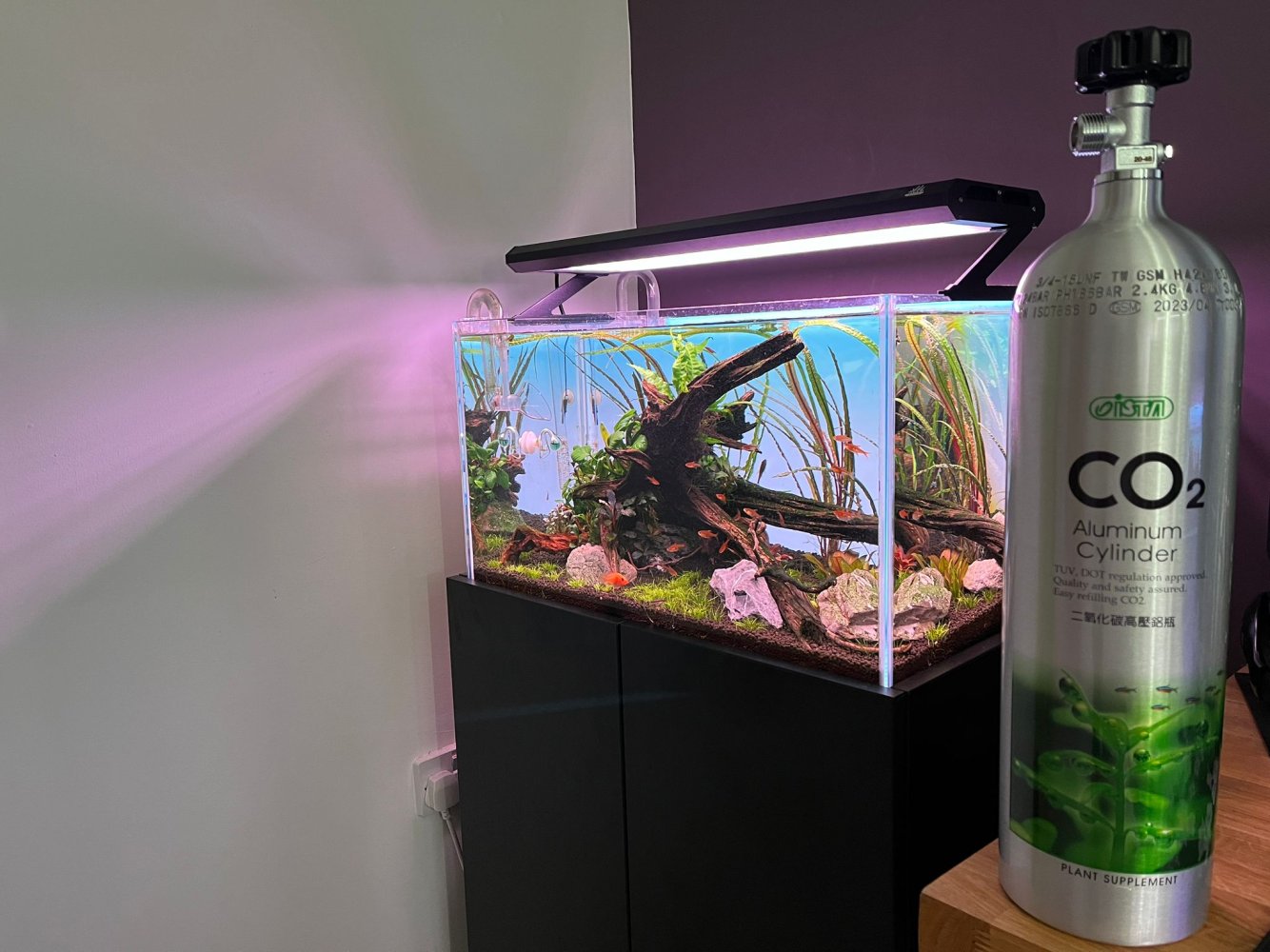One of the things I wrote about on here years ago was jumped on by those wishing to save money rather than thinking about safety.
I spoke to a guy who was servicing fire extinguishers where I worked. It was a large site so he was there for several days and I chatted to him quite a bit. He also gave me a couple of nearly out of date extinguishers. I happened to mention about using CO2 fire extinguishers connected to an Aquarium regulator. He said it was a bad idea and said the valve on the bottle (extinguisher) was only designed to be single use. Or put other way it was designed to be fully sealed against leaks up until the point the handle was pulled to empty it (on a fire). It was Not expected to be leak free when used for a purpose for which it was not designed, IE kept open over a period of weeks or months.
Obviously, any accident involving equipment being used in a manner for which it is not intended would invalidate any insurance.
I understand why some might take the risk for themselves. But I was quite shocked that some on here dismissed the issue to a point where others might also take a chance buoyed up by their bravado.
I’ve not looked since, but proper cylinders for dispensing food grade CO2 for the pub trade were not desperately expensive at the time and some on here did use and recommend them.
I never bothered with CO2 in the end as my plants grow well enough without it. If I did though I’d make doubly sure any equipment I used was up to and designed for the task. YMMV.
I've spent some time looking into this yesterday and today. And obviously, it is a catch-all, ref. 'intended use'. I use LED floodlights on my tank and garden centre fertiliser and sometimes human vitamin tablets, for Potassium. I once had an 'expert' PFK endorsed writer, tell me, very firmly, you must not use pond soil in a fish tank, but in truth the difference between a pond and a fishtank?
Anyway, from what I have found, so far, FE are designed to be very safe, safe in internal situations, but clearly not designed for the purpose of feeding CO2 slowly into fish tanks, however, if properly reconditioned/checked/serviced etc., should be safe, the bigger issue seems to be, the quality of any regulator attached, there are some very cheap and flimsy aluminium regulators on the market, and, making sure the FE cannot be knocked over, tampered with by young children etc., and regularly checking that it never is operating outside of safe pressure zones, I can't realistically source affordable alternatives and have used 'top of the range' refillable bottles in the past much to my financial regret. Once I had an employee at a factory where I got my bottle refilled, tell me, that only food grade CO2 was safe for fish, proved that wrong two or three decades ago. I am 'sitting on the fence' on this one and thinking maybe a 2 Kg rather than 5 Kg FE is perhaps a safer option.
I once put a fire out in a total stranger's car with a powder fire extinguisher, they couldn't fathom why I would carry one around in my boot, even though I saved their relatively new car from a potentially catastrophic engine fire. We all make odd and sometimes irrational decisions. I've never been one for unplugging the TV at night, but I find electric blankets slightly terrifying.


